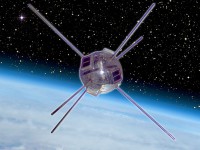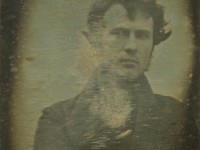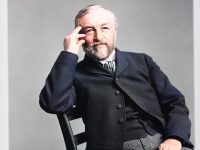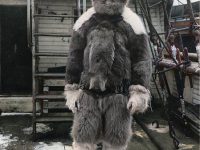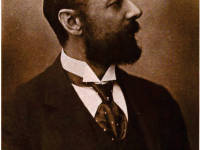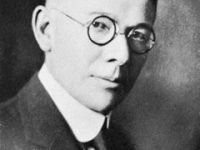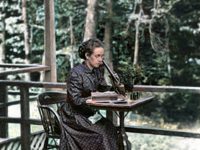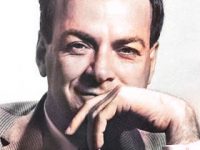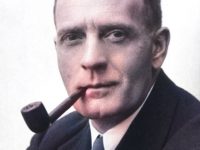Vanguard 1 – the first Solar Powered Satellite
On March 17, 1958, Vanguard 1, the fourth artificial Earth orbital satellite was launched, which was the first solar-powered satellite. Although communication with it was lost in 1964, it remains the oldest manmade satellite still in orbit. It was designed to test the launch capabilities of a three-stage launch vehicle as a part of Project Vanguard, and the effects of the environment on a satellite and its systems in Earth orbit. It…
Read more

